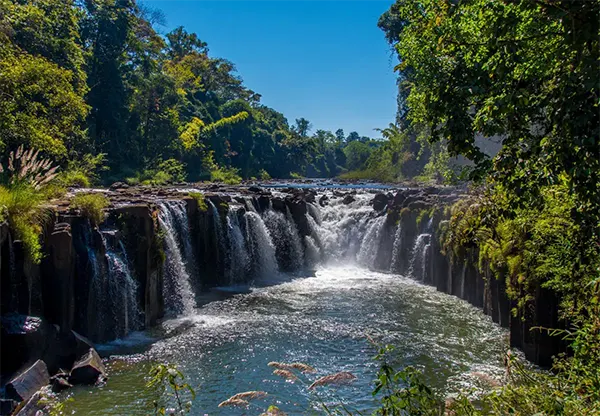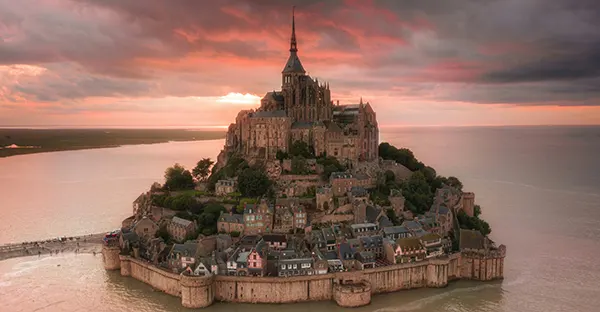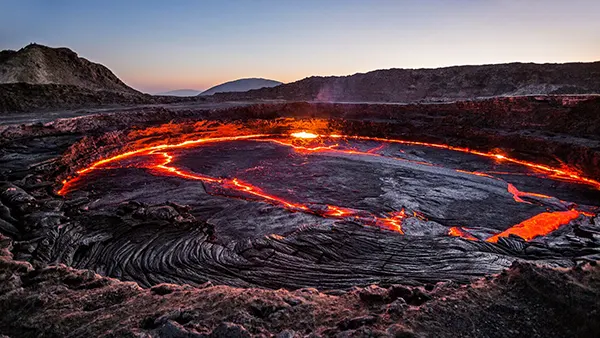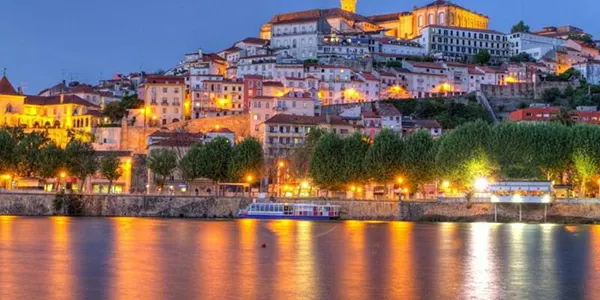
Pakse and the Bolaven Plateau, Southern Laos — Tea Plantations, Waterfalls, and Ethnic Minority Culture
Pakse and the Bolaven Plateau form a remarkable region in southern Laos, renowned for its highland charm, rich cultural heritage, and abundant natural beauty. This area attracts travellers seeking serene landscapes, cascading waterfalls, and insights into the daily life of the local ethnic groups. The combination of fertile volcanic soil, misty plateaus, and vibrant communities makes it one of the most fascinating regions to explore in Southeast Asia.
Tea Plantations on the Bolaven Plateau
The Bolaven Plateau is famous for its tea and coffee plantations, nurtured by the fertile volcanic soil and cool climate at elevations ranging from 1,000 to 1,350 metres. Tea cultivation began during the French colonial period and has since grown into a vital part of the local economy, with small family-run farms as well as larger estates producing high-quality leaves. These plantations provide employment and income to local communities, supporting sustainable agricultural practices.
Visitors can walk through the tea fields and watch the meticulous hand-picking process that ensures only the youngest and most tender leaves are harvested. Many farms now welcome guests for guided tours where they explain each stage of production, from picking and withering to rolling and drying. These visits offer a deeper appreciation for the craftsmanship behind each cup of Laotian tea and show how the tradition is being preserved by younger generations.
The plateau’s tea is often described as delicate, with floral notes and a subtle sweetness, making it distinct from stronger teas grown elsewhere in Asia. Local cooperatives are increasingly focusing on organic and fair-trade certification, which helps the farmers gain access to international markets. This shift not only improves economic stability but also encourages the protection of the surrounding environment.
The Role of Tea in Local Life
Tea is not just an economic product on the Bolaven Plateau — it holds cultural significance as well. In many villages, tea is offered to guests as a sign of hospitality, and sharing a pot often marks the beginning of social or family gatherings. The drink is seen as a way to build community ties, symbolising warmth and respect among neighbours.
In some ethnic groups, tea is also used in rituals connected to planting and harvest seasons, reflecting its long-standing role in agrarian traditions. These ceremonies often blend animist beliefs with Buddhist practices, creating a unique cultural identity that has been passed down for generations. Observing these customs provides visitors with a more personal view of local life beyond the fields.
The ongoing commitment to tea production has helped preserve traditional knowledge while also allowing younger farmers to experiment with new cultivation techniques. This balance between heritage and innovation gives the Bolaven Plateau its distinctive agricultural character, where old and new coexist harmoniously.
Waterfalls of the Bolaven Plateau
The Bolaven Plateau is dotted with numerous waterfalls that plunge through dense forests, creating some of the most striking natural scenery in Laos. Among the most visited are Tad Fane, Tad Yuang, and Tad Lo, each with its own unique character. These waterfalls are fed by the Se Kong River and its tributaries, which carve dramatic gorges through the highlands.
Tad Fane is particularly notable for its twin cascades that drop over 100 metres into a deep gorge surrounded by thick jungle. It is a popular stop for photographers and hikers who can access viewpoints along marked trails. Tad Yuang, on the other hand, offers a broad curtain of water and a plunge pool at its base, where visitors can swim during the dry season.
Tad Lo stands out for its accessibility and the small guesthouses nearby, making it an ideal stop for travellers who want to stay longer and enjoy the peaceful environment. Local guides offer short treks between the waterfalls, allowing travellers to discover hidden paths, spot rare bird species, and learn about the plants used in traditional medicine.
Environmental Importance of the Waterfalls
These waterfalls are more than scenic landmarks; they are vital to the region’s ecosystem. The surrounding forests act as natural water catchments, regulating river flows and maintaining biodiversity. The misty conditions near the falls also create microclimates that support rare orchids, ferns, and mosses found nowhere else in Laos.
Local communities depend on these water sources for farming and daily use, and they have long practised sustainable methods to avoid damaging the fragile environment. Recent conservation projects led by local NGOs and village councils focus on preventing deforestation and promoting eco-friendly tourism. This approach helps protect the waterfalls while offering sustainable income opportunities for local families.
Responsible tourism is encouraged through educational signage and guided walks that explain the ecological role of the falls. This helps visitors understand their impact and contributes to long-term conservation. As a result, the waterfalls remain a living symbol of the region’s natural heritage.

Ethnic Minority Culture Around Pakse and the Plateau
The Bolaven Plateau is home to several ethnic minority groups, including the Laven, Alak, Katu, and Ta Oy peoples. Each group has distinct customs, languages, and traditional clothing, contributing to the area’s cultural richness. Many villages maintain a communal way of life, with extended families living together and working cooperatively on farms.
Visitors can often see traditional stilt houses decorated with intricate wood carvings, and some communities welcome guests to observe weaving or basketry workshops. These crafts are not just decorative but essential to daily life, providing tools, storage containers, and ceremonial items. The skills are passed from parents to children, ensuring their survival despite modernisation.
Markets around Pakse serve as cultural meeting points where different ethnic groups trade local produce, textiles, and handicrafts. This exchange fosters mutual understanding while allowing each community to preserve its identity. Witnessing these interactions offers travellers a chance to see how ancient traditions still thrive within a modernising region.
Preserving Heritage in a Changing World
Many local organisations are working to preserve the cultural heritage of these communities while supporting their economic development. Projects include cultural centres, educational programmes, and fair-trade initiatives that showcase traditional crafts. These efforts aim to empower ethnic minorities while ensuring their customs are respected and not exploited.
Younger generations are encouraged to learn their ancestral languages and crafts alongside modern education, allowing them to maintain a connection to their heritage while accessing broader opportunities. This approach strengthens cultural resilience and reduces the risk of traditions fading away under external pressures.
The combination of vibrant cultural life, breathtaking nature, and sustainable development makes the Bolaven Plateau and Pakse region one of the most compelling areas in Laos to understand and appreciate. It remains a living tapestry of history, nature, and human creativity.
Popular articles
-
 Mont-Saint-Michel (France): the abbey island shaped by tides
Mont-Saint-Michel (France): the abbey island shaped by tidesMont-Saint-Michel is one of the most distinctive historical sites in …
-
 Depression Danakil: Ethiopia’s Fierce and Haunting Landscape
Depression Danakil: Ethiopia’s Fierce and Haunting LandscapeThe Danakil Depression in Ethiopia is often described as one …
-
 Coimbra, Portugal — A Student City Shaped by Centuries of Academic Tra...
Coimbra, Portugal — A Student City Shaped by Centuries of Academic Tra...Coimbra stands as one of Portugal’s most influential cultural and …
